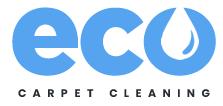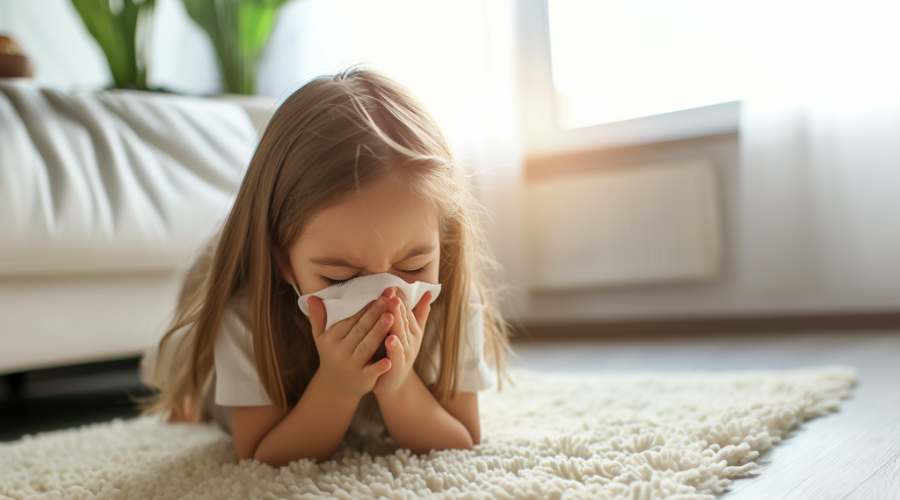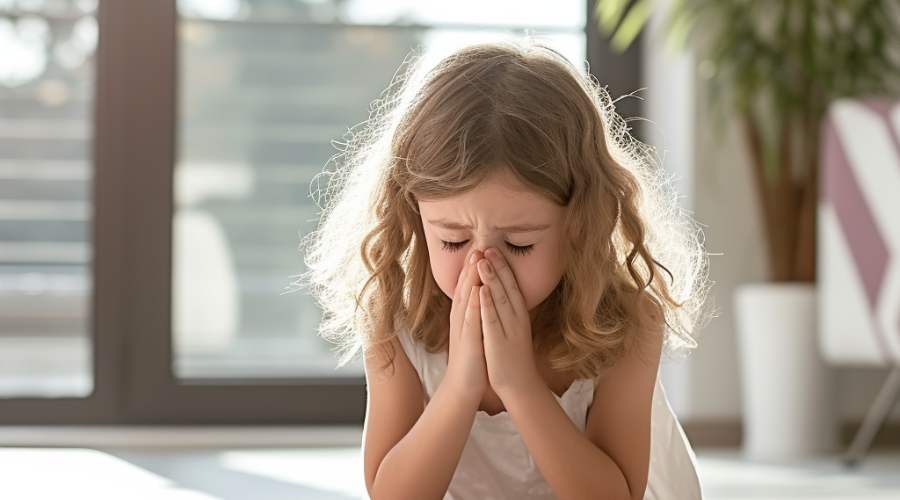How Does Carpet Cleaning Reduce Allergies
Escape the Sneezing with Proper Carpet Care!
Allergy rates have skyrocketed in Australia recently. Over 2.5 million Aussies suffer from asthma, and over 4 million experience various allergy types each year. Allergy symptoms like wheezing, coughing, sneezing, runny nose, and itchy eyes can make life miserable.
Many experts link this rise in allergic disease to increased exposure to dust mites, pet dander, pollen, and mold. Our carpets end up trapping tons of these nasty allergens!
While vacuuming helps, it simply can’t reach the particles buried deep in the carpet fibers and backing. This is where pro cleaning comes in, it’s one of the best ways to reduce trigger levels in your home.
Why Carpets Accumulate So Many Allergens
Carpeting, with its woven fabrics and fibers, naturally traps all types of microscopic particles and irritants:
- Dander and hair
- Dust mite matter
- Pollen
- Mold and mildew
Over a period, these antigens filter down into the base of the carpet and get buried in the fibers where routine vacuuming just can’t reach. Plus, the padding and backing of the carpets trap allergens. And any damp carpets can breed mold, mildew, and bacteria down below.
You might think you’re safe because you can’t see any dirt or stains, but all those hidden underfoot can really take a toll on your respiratory system and ramp up allergic reactions.
The Risks of DIY and Wet Carpet Cleaning Methods
Many folks first try to combat allergens with DIY steam cleaners rented from the grocery store. Or they’ll use a home carpet cleaner with detergents. However, these wet cleaning methods come with some big risks, especially for allergy sufferers:
- Leftover moisture – This allows mold and mildew to flourish in the carpet backing and base.
- Long dry times – Wet carpets can take too long to dry out, providing the perfect environment for mould growth.
- Damaged carpets – Excess moisture can damage carpet fibres and backing.
- More dirt – Detergent residues attract more dirt.
Hot water extraction systems are more thorough than DIY cleaners, but can still pose mold risks if the material aren’t completely dried out, which takes hours.
Allergy-Friendly Dry Carpet Cleaning Methods
Luckily, some reputable carpet cleaning methods banish particles without soaking your flooring:
- SEBO duo system – This dry cleaning powder dissolves dirt and lifts away substances without any added moisture.
- Vapor steam cleaners – Powerful, pressurised steam obliterates mites and mold spores using just tap water.
Minimal or no moisture means no mold risks, quick drying time, and no sticky detergent residues. Dry carpet cleaning can eliminate up to 80% of allergy triggers in carpeted floors after just one service, providing major relief for allergy and asthma sufferers.
Benefits of Dry Carpet Cleaning for Allergy Reduction
- Kills house mites
- Removes dander from pets
- Lifts away pollen and mold
- No moisture = no mold growth
- Fast drying
DIY vs Professional Carpet Cleaning Service
While a good vacuum with a HEPA filter can help manage antigens between professional cleanings, DIY has some drawbacks:
- Rental machines may be dirty or harbor mold
- Not powerful enough for thorough cleaning
- Improper technique leaves moisture behind
Professionals have industrial-strength equipment that obliterates triggers throughout carpet fabric, backing, and padding. They can customise cleaning methods based on your seasonal allergy needs and point out problem areas.
Professional Carpet Cleaning Advantages
- Stronger equipment and solutions
- Allergy-focused methods
- Thorough cleaning of all carpet surfaces
- Faster drying
- Spot treatment of heavy soiling
Regular Maintenance for Allergy-Friendly Carpets
To keep carpets as safe as possible between pro intervention:
- Vacuum 1-2 times per week using a vacuum cleaner with a HEPA filter to remove surface irritants. Make sure to immediately replace dirty filters.
- Spot clean stains to prevent attraction of dirt and mold. Don’t let anything linger!
- Monitor humidity levels in the home and keep around 30-50% to discourage dust mite allergy.
- Address water damage ASAP to prevent mold – pro help may be needed.
- Ventilate rooms by opening windows regularly to clear out airborne allergens.
With some diligence, you can keep your carpets much cleaner between expert approach. But professional carpet cleaner is still needed twice per year to remove triggers from deep down in the fibers and backing.
Breathe Easier with Cleaner Carpets
Having clean carpets makes a huge difference if you suffer from respiratory allergies. Allergen particles become trapped in carpets in the long run, making symptoms and health issues worse.
While vacuuming helps on the surface, pro deep cleaning is required to remove common allergens that have filtered deep down into textiles, backing, and padding. Methods like dry powder or vapor steam cleaning can eliminate irritants without soaking the carpets.
By understanding proper maintenance and using pro allergy-friendly cleaning services regularly, you can dramatically cut down on irritant exposure at home. With cleaner carpeting, you’ll breathe easier and experience fewer allergy flare ups and asthma attacks. Give your lungs a break!


